Marta Smolińska. Art historian, curator, networker

Marta Smolińska arrived in Berlin in 2019, seeking a new beginning both professionally and personally. She grew up in Rypin, and quickly became fascinated by the dynamic Berlin art scene when she was a student. Soon, she herself would become known in Berlin as a curator of international exhibition projects. After completing her studies in art history at the Adam Mickiewicz University in Poznań, she worked at the Nicolaus Copernicus University in Toruń for over a decade. In 2014, she returned to Poznań. As well as working as a curator, Marta Smolińska is also a professor of art history at the Magdalena Abakanowicz University of Fine Arts in Poznań, where she teaches contemporary art history and curatorial strategies and has published academic papers on various subjects, including art on the German-Polish border. In Poland, she has already curated over a hundred exhibitions at venues including the Galeria Sztuki Wozownia and the Centrum Sztuki Współczesnej in Toruń, the Centrum Kultury Zamek and the Muzeum Narodowe in Poznań.
Her first curated group exhibition, “MITbeSTIMMEn” (“Having a Say”), was shown in the Galerie Nord | Kunstverein Tiergarten in Berlin. The theme was political participation among people with a migration background. She then curated an exhibition entitled “Der Wald wird Chor” (“The Forest Becomes a Choir) in the Kommunale Galerie in Berlin, in which works by artists were shown alongside each other which focused on multi-sensory, ecological and political aspects of the forest. Currently, Marta Smolińska is collaborating with Prof Dr Burcu Dogramaci (Munich) on another large group exhibition which focuses on art along the German-Polish border.
As Marta Smolińska explains in our interview: “The exhibition ‘About sharing. Art on the (Polish-German) border’ (‘Vom Teilen. Kunst an der (polnisch-deutschen) Grenze’) in the National Museum in Poznań (2023) and in the Zentrum für Aktuelle Kunst in Berlin (from 20/9/2024) aims to show present-day works that can be ascribed to the border art movement. The works have been selected on the basis of two assumptions that form part of the curatorial strategy. First, the two curators show art that addresses the central challenges of the present and reflects on national borders at a time of large migratory movements. Second, the focus leans toward a geopolitically defined context; in other words, we concentrate on art that deals with the Polish-German border over the past 30 years since the fall of the Berlin Wall in 1989 and the signing of the border agreement between Poland and Germany in 1990. The art that reflects the specific Polish-German border and its complex history is presented together with works that analyse the status and state of borders in general. In the exhibition, borders are also shown as a focal point for memories that point to collective and individual remembrance, to traumas and dreams.”
Together with Burcu Dogramaci and Dr Martina Padberg, she is also planning a major exhibition of contemporary Turkish art, which will open in the Kunstmuseum Ahlen at the end of 2025.
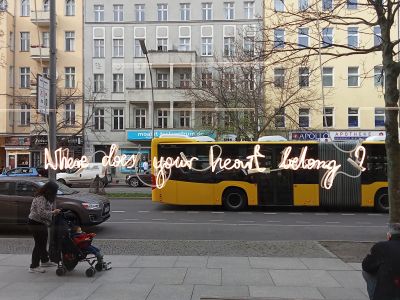
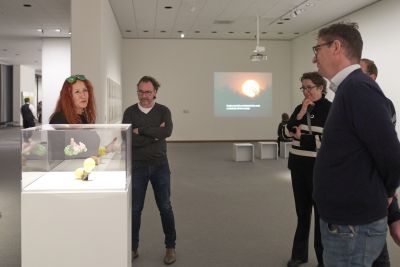
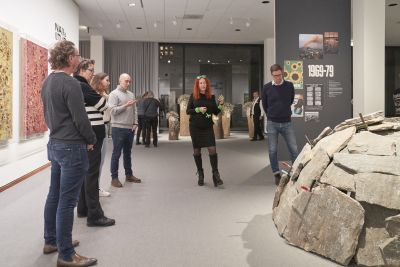
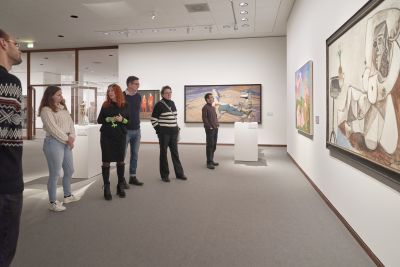
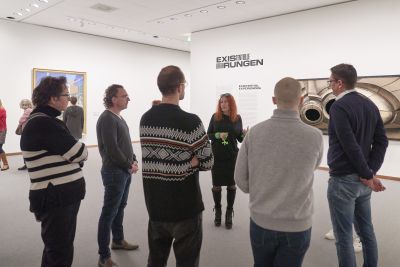
![Sławomir Elsner at the exhibition at the Museum Wiesbaden, 2021 (Alexej von Jawlensky in the background: Spanierin [Spanish Lady], 1913) Sławomir Elsner at the exhibition at the Museum Wiesbaden, 2021 (Alexej von Jawlensky in the background: Spanierin [Spanish Lady], 1913)](/sites/default/files/styles/width_100_tiles/public/Titelbild_23.jpg?itok=J58T-JmV)

